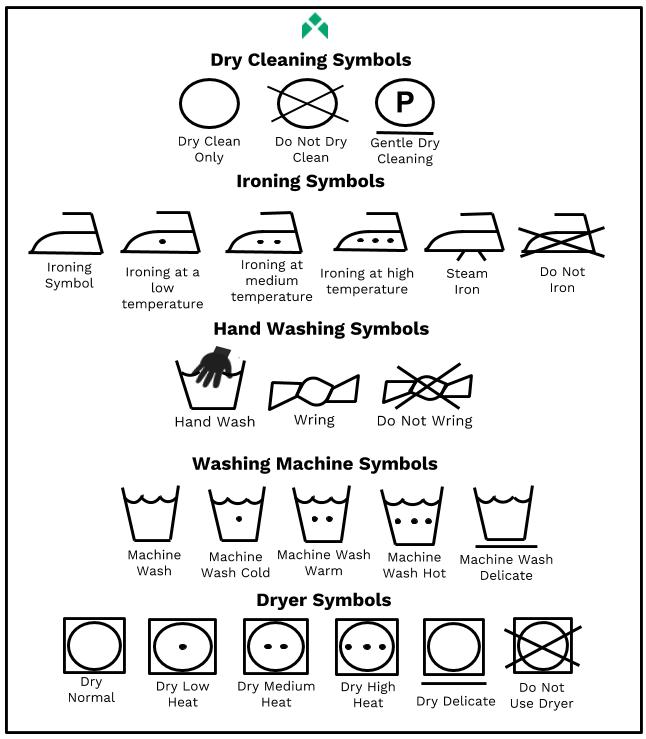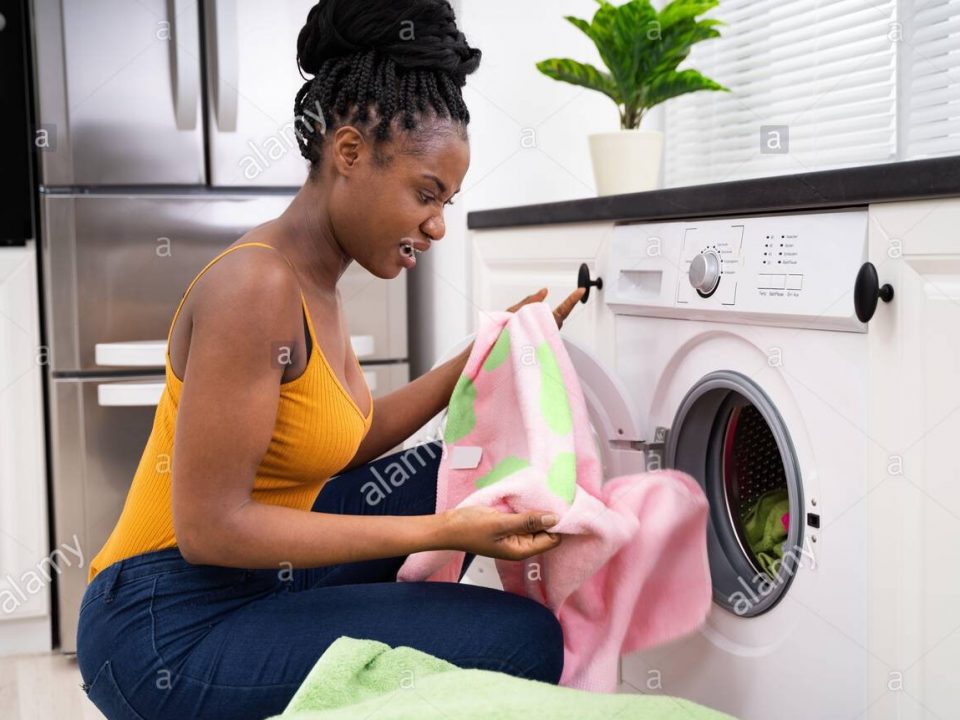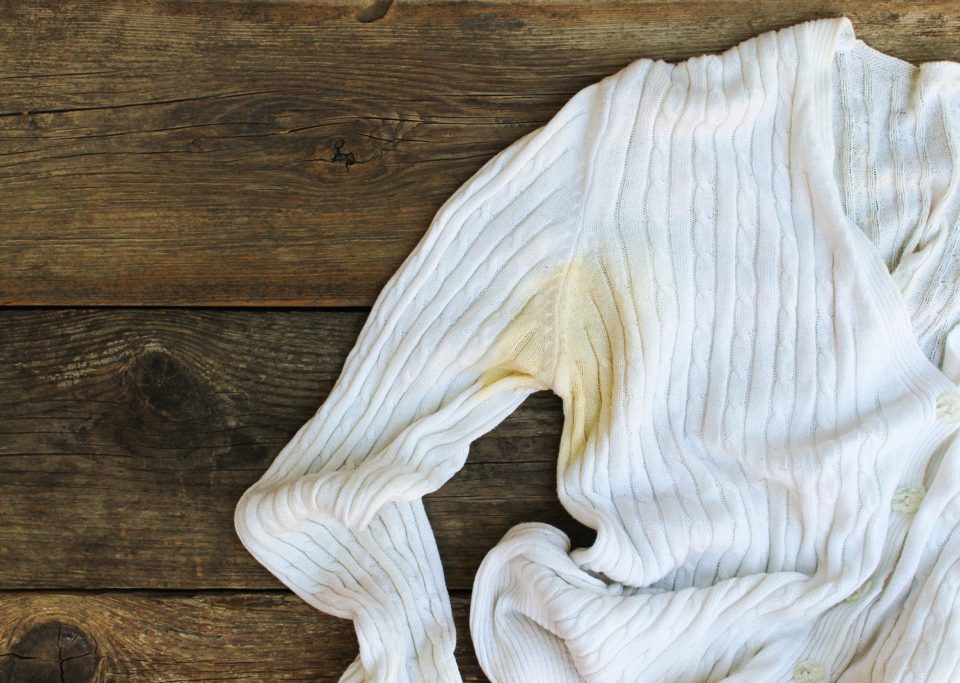
Choosing the Right Temperature for Ironing a fabric
February 9, 2019
Washing Clothes to Kill Bed Bugs
February 22, 2019Dry Cleaning Symbols and their meaning
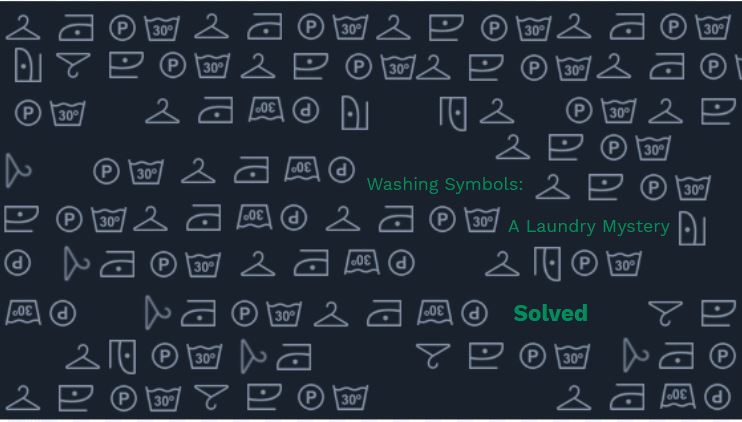
Have you ever caught yourself admiring an item of clothing while shopping? It’s elegant, fashionable, unique but . . . it’s top-quality cashmere & a guaranteed nightmare to care for properly.
Now, you’re trying to decide whether or not the take the plunge and just buy it or to be understandably disenchanted by an overly-complicated tag of mystifying symbols. We’ve been there, too. But not to worry – we’re here to explain those symbols and help you gain a better appreciation of all your clothing labels.
When it comes to understanding care labels, there are a few main washing symbols that occur regularly, and we’re here to break them down for you, starting with:
The Circle
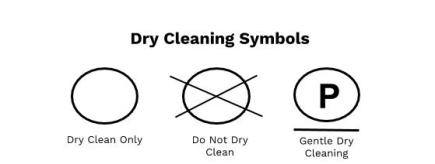
If your item has a circle on its label, there’s no playing around here. The unassuming circle indicates that it needs to be dry cleaned. However, if the circle has an ‘x’ through it, you should not dry clean it. Pretty straightforward, right?
Some labels provide more detailed information, with letters inside the circle to indicate to the dry cleaner what chemicals should be used or with lines underneath the circle to indicate how much care should be taken with the garment. This, however, won’t be overly important for you. As soon as you see the circle, it’s safest to just send it in to a professional, convenient dry cleaning service in Lagos, therefore saving yourself the hassle of interpreting its unnecessarily complicated label any further.
The Iron

Next, we have the trusty iron. If you see an iron on the label, that means it’s safe to iron this garment at any temperature. Go wild with the creases! If the iron has a dot in the middle, this is referencing the temperature at which that you should iron your garment for the best results. 1 dot = delicate items at a low temperature, 2 dots = synthetic items (rayon, nylon) at a medium temperature, 3 dots = cotton and linens at a high temperature. Essentially, the more delicate the fabric, the lower the iron’s temperature should be.
If the iron has two straight lines coming out of the bottom, this means you should use steam for the best results (an ‘x’ through the same symbol = no steam ironing). If, however, the entire iron has an ‘x’ through it, it’s safe to say the manufacturer didn’t intend for this garment to be ironed.
While some find ironing relaxing, most of us would rather do . . . anything else. So leave the ironing to the professionals, and go enjoy London!
Hand Washing
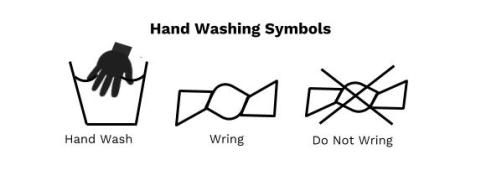
While hand washing an item may sound tedious and unnecessary, certain garments really are made of such delicate, sensitive material that washing them in a machine at any temperature is a near-guaranteed tragedy. And we speak from experience here, there’s only so many times you can re-buy the same wool sweater before it just gets embarrassing for everyone involved.
The hand washing symbol is pretty self-explanatory: Is there a hand in a bucket? Hand washing, it is. Once you’ve successfully hand washed your garment, check the label for the symbol to ‘wring or not to wring’ (that is the question). If it shows an item being wrung, then go for it. If it shows an item being rung with an ‘x’ through it, wring at your own peril.
Instead of wringing, gently squeeze what water you can out of the garment, and let it air dry completely.
Washing Machine

Ah, the tub: the symbol you most want to see on a care label, as it indicates the least amount of work for you. If your care label shows just a tub, then it’s washing machine safe. Does your tub have a dot or a number in it? Lucky you! This indicates the highest temperature you should wash your garment at, with each dot indicating 30 degrees.
How about a line underneath your tub? More lines = lower spinning and rinsing. The lowest setting should be used for delicate clothing you’ve decided to clean in the washing machine.
Drying

The final stage of your process – that is, excluding folding, carrying and placing or hanging up in your wardrobe.
When figuring out how best to dry your garment, look for the circle in the box. If that’s all it is, then it’s safe to tumble dry. If the circle-box-combo contains a dot, this indicates the temperature you should use. 1 dot = a low temperature, 2 dots = a medium temperature, 3 dots = a high temperature.
For the circle-square with a line underneath, tumble dry with no heat for delicate items. If you see the circle-square with an ‘x’ through it, tumble drying is a no-go. For these items, it’s best to hang dry, as this is the safest way to avoid shrinkage or deformation.
Conclusion
Now, these are by no means the only symbols that you may encounter on a care label, but they are the most common. See our image below for a full rundown of every symbol and its meaning decoded.
If all of this information has inspired you to be the best home washer, dryer and iron-er around, then good for you! We salute you. But, if you’re like us, it inspired you to become a Cleaneat devotee, leaving this care label nonsense to the paid professionals.
Once you’ve joined the Cleaneat family, you’ll have a good deal more free time on your hands.
Any questions or input? Let us know what you think in the comments below!
And remember: Cleaneat takes the hassle out of laundry. Simple.
